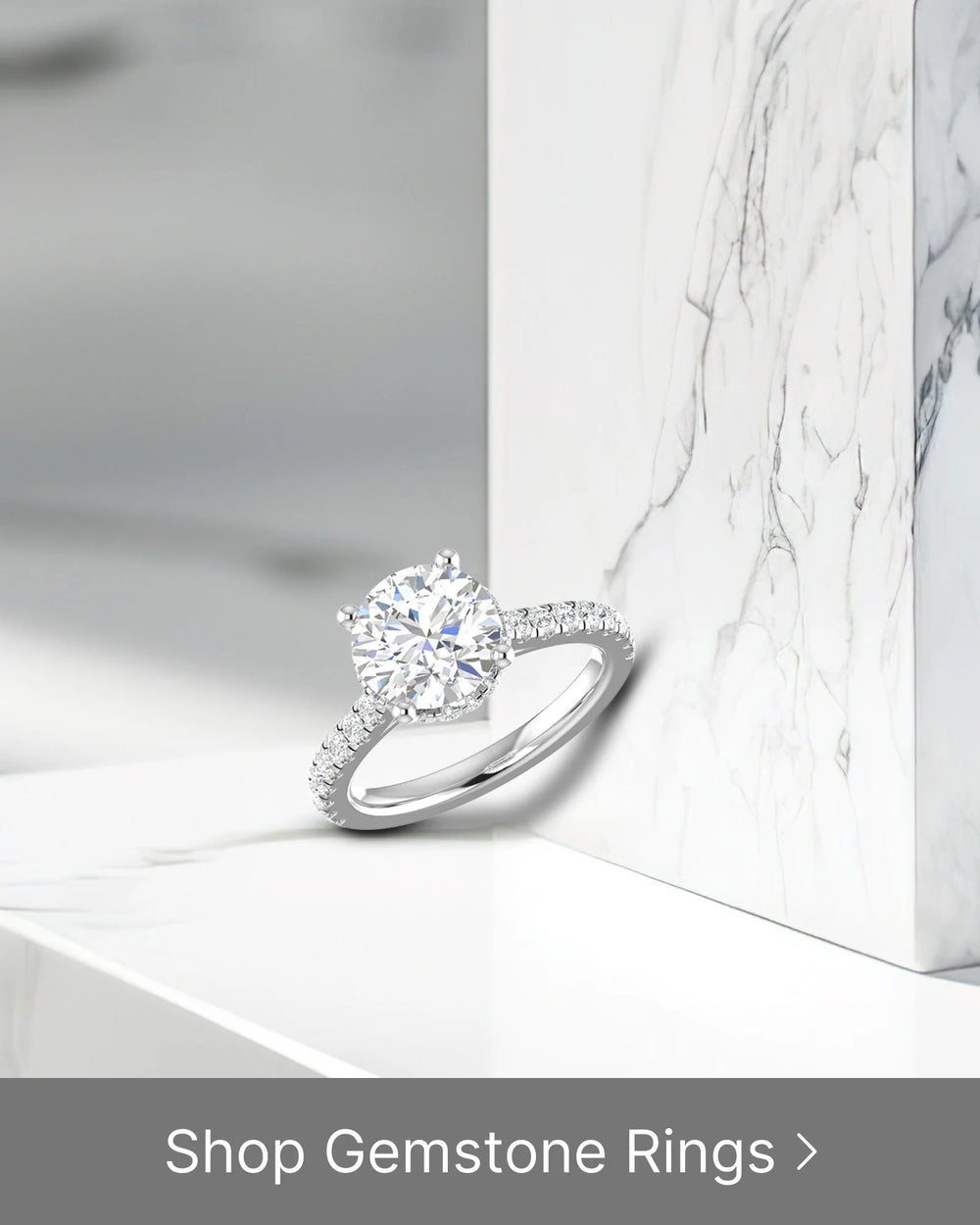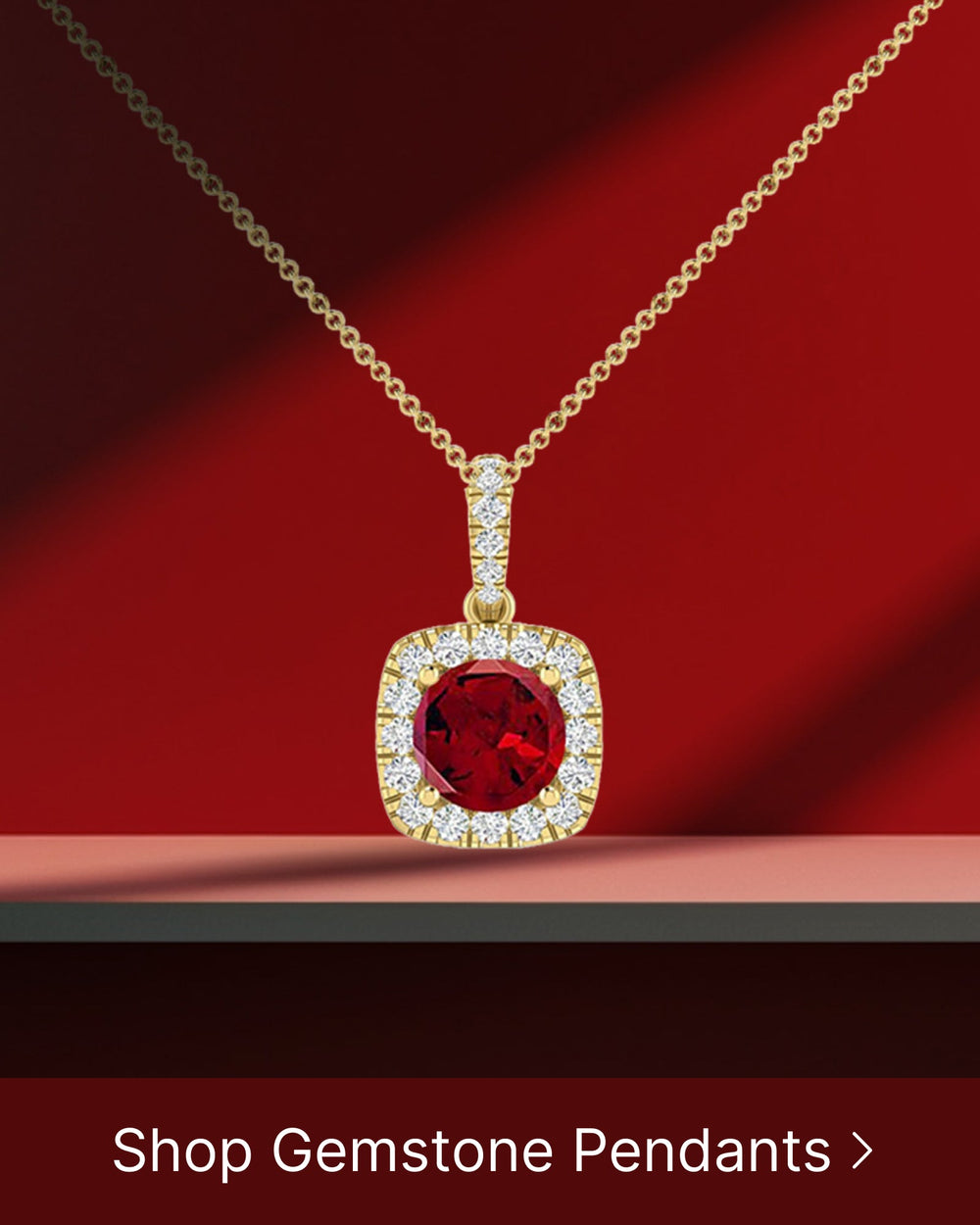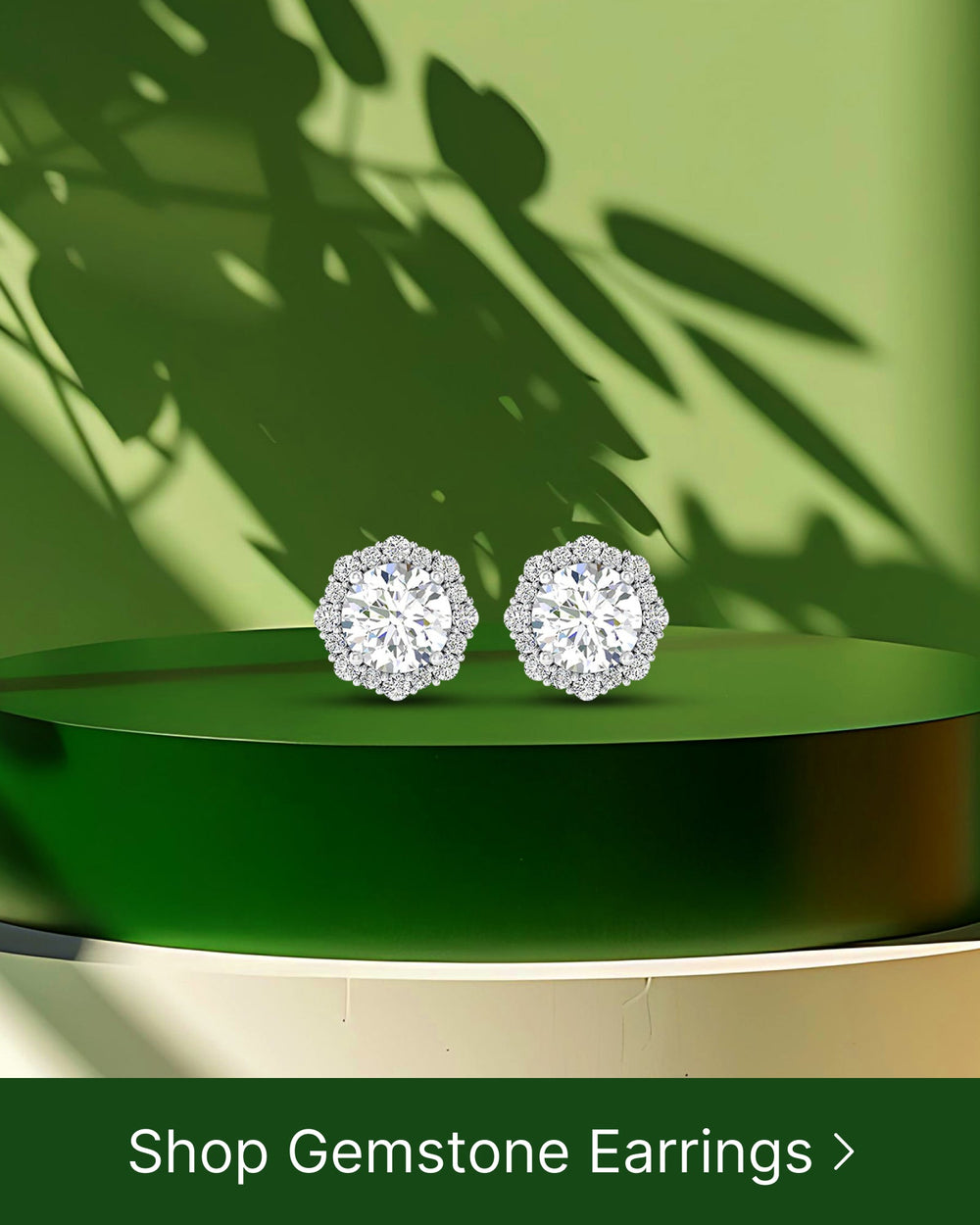Blue topaz crystals are mesmerizing gemstones that captivate with their stunning beauty. Their alluring blue hues and sparkling brilliance have made them a popular choice for jewelry and adornments. In this article, we will explore the origin, symbolism, physical properties, cuts and shapes, and how to care for blue topaz crystals, unraveling the secrets behind their enchanting allure.
Understanding the Origin of Blue Topaz
Blue topaz, like many gemstones, has an intriguing origin story. It is formed through a fascinating geological process. Let's delve into the geological formation of blue topaz.
But first, let's take a moment to appreciate the beauty and allure of blue topaz. With its mesmerizing blue hues, this gemstone has captivated humans for centuries. From ancient civilizations to modern jewelry enthusiasts, blue topaz continues to be a popular choice for its stunning color and brilliance.
Geological Formation of Blue Topaz
The formation of blue topaz begins deep within the Earth's crust, where intense heat and pressure create the perfect conditions for its birth. It is formed when hot water carrying dissolved minerals, including aluminum and fluorine, flows through cracks in the rocks.
Imagine a world millions of years ago, where the Earth's crust was a dynamic and ever-changing landscape. Deep beneath the surface, molten rocks and minerals were in constant motion, creating a fiery environment. In this tumultuous setting, the stage was set for the creation of blue topaz.
As this mineral-rich water cools and crystallizes over millions of years, blue topaz crystals slowly take shape. The process is a delicate dance between nature and time, as the crystals grow and develop in their unique formations.
The Role of Impurities in Color Formation
Interestingly, the vibrant blue color of topaz is not due to its pure composition alone. Impurities play a crucial role in its color formation. Typically, blue topaz gets its hue from the presence of trace elements such as iron or chromium.
Think of these impurities as nature's paintbrush, adding strokes of color to the canvas of the crystal lattice. As the trace elements interact with the crystal lattice, they create a mesmerizing dance of light and color, resulting in the magnificent blue shades that vary from pale sky blue to deep London blue.
It's fascinating to think about how these tiny impurities can have such a profound impact on the appearance of a gemstone. The interplay between chemistry and geology creates a symphony of colors that delights the eye and sparks our imagination.
Next time you gaze upon a beautiful blue topaz, take a moment to appreciate the intricate journey it has taken. From the depths of the Earth to the hands of skilled artisans, blue topaz is a testament to the wonders of nature and the human fascination with beauty.
The Symbolism and Cultural Significance of Blue Topaz
Throughout history, blue topaz has held deep symbolic and cultural significance. Let's explore how this mesmerizing gemstone has been revered in ancient civilizations and how its meaning continues to evolve in modern interpretations.
Blue Topaz in Ancient Civilizations
Ancient civilizations regarded blue topaz as a stone of protection and healing. It was believed to have mystical powers that could ward off evil spirits and promote spiritual connection. Kings and queens adorned themselves with blue topaz jewelry as a symbol of power and divine favor.
One ancient civilization that particularly revered blue topaz was ancient Egypt. The Egyptians believed that blue topaz was a representation of the sky and the divine. They associated it with the goddess Isis, who was the goddess of magic, fertility, and motherhood. Blue topaz was often used in amulets and talismans to protect against negative energies and bring good fortune.
In ancient Greece, blue topaz was associated with the god Zeus, the king of the gods. It was believed that blue topaz had the power to enhance one's connection to the divine and bring about wisdom and clarity. The Greeks also believed that blue topaz could protect against enemies and bring victory in battles.
Modern Interpretations and Beliefs
In modern times, blue topaz is associated with calmness, serenity, and communication. It is believed to enhance emotional well-being and promote clear communication in relationships. Blue topaz jewelry is often given as a gift to express love and deepen connections between loved ones.
Psychologically, blue topaz is said to have a soothing and calming effect on the mind and body. It is believed to alleviate stress, anxiety, and depression, and promote a sense of peace and tranquility. Many people turn to blue topaz as a means of finding inner peace and balance in their lives.
In terms of its healing properties, blue topaz is believed to have a positive impact on the throat chakra, which is associated with communication and self-expression. It is said to help individuals express their thoughts and feelings with clarity and confidence. Blue topaz is also believed to promote empathy and understanding, making it an ideal stone for resolving conflicts and fostering harmonious relationships.
Overall, blue topaz continues to captivate and inspire people with its rich symbolism and cultural significance. Whether it's through its ancient associations with protection and power or its modern interpretations of calmness and communication, blue topaz remains a cherished gemstone that holds a special place in the hearts of many.
The Physical Properties of Blue Topaz
In addition to its breathtaking beauty, blue topaz possesses fascinating physical properties that contribute to its allure. Let's uncover the remarkable characteristics that make blue topaz a sought-after gemstone.
Blue topaz, with its mesmerizing hue and stunning clarity, is a gemstone that has captivated the hearts of many. Its physical properties not only add to its allure but also ensure its durability and brilliance.
Hardness and Durability
Blue topaz is a relatively hard gemstone, scoring an 8 on the Mohs scale of mineral hardness. This durability makes it suitable for everyday wear, ensuring longevity without significant wear and tear. The gemstone's hardness is attributed to its crystal structure, which consists of aluminum silicate compounds. These compounds provide blue topaz with the strength to withstand the rigors of daily life.
However, caution should still be exercised to avoid heavy blows or exposure to harsh chemicals that can damage the gemstone. Despite its durability, blue topaz, like any other gemstone, requires proper care and maintenance to preserve its beauty for generations to come.
Refractive Index and Brilliance
The refractive index of blue topaz is relatively high, which means it has excellent light-reflecting properties. This attribute contributes to the gemstone's brilliance and sparkle, captivating the eyes of those who behold it. When light enters the blue topaz crystal, it scatters and refracts, creating a mesmerizing display of color and radiance.
Furthermore, the brilliance of blue topaz is further enhanced by the gemstone's well-executed cuts and faceting. Skilled lapidaries meticulously shape the gemstone to maximize its beauty and optimize light reflection. The precision and artistry involved in this process result in a gemstone that truly shines.
It is worth noting that blue topaz comes in various cuts, including the popular emerald cut, oval cut, and round brilliant cut. Each cut showcases the gemstone's unique characteristics, allowing individuals to choose the one that best suits their personal style and preferences.
The Different Cuts and Shapes of Blue Topaz
Blue topaz offers a wide array of cuts and shapes that cater to individual preferences and design possibilities. Let's explore the popular cuts and some unique shapes that blue topaz can be fashioned into.
Popular Cuts for Blue Topaz
The most common cuts for blue topaz include the traditional round brilliant, princess, and emerald cuts. These cuts maximize the gemstone's brilliance and showcase its stunning blue color. Additionally, the cushion, pear, and oval cuts are also popular choices for blue topaz, accentuating its unique characteristics.
Unique and Unusual Shapes
For those seeking something distinctive, blue topaz can be fashioned into various unconventional shapes. From heart-shaped blue topaz pendants symbolizing love to fanciful free-form cuts that highlight the natural beauty of the gemstone, there are endless possibilities to create truly one-of-a-kind blue topaz jewelry pieces.
Caring for Your Blue Topaz Jewelry
To ensure that your blue topaz jewelry retains its splendor for years to come, proper care and maintenance are crucial. Let's explore some tips on how to keep your blue topaz jewelry looking radiant.
Cleaning and Maintenance Tips
Regular cleaning is essential to maintain the brilliance of your blue topaz jewelry. Gently cleanse it with mild soapy water using a soft brush or cloth. Avoid using harsh chemicals or abrasive cleaners that can damage the gemstone. Additionally, it is advisable to remove your blue topaz jewelry when engaging in activities that may expose it to impact or chemicals.
Proper Storage for Longevity
Store your blue topaz jewelry separately from other gemstones and items that may scratch or damage it. Consider using a soft pouch or a lined jewelry box to prevent friction and minimize exposure to dust or sunlight. Proper storage will help preserve the shine and beauty of your blue topaz jewelry for years to come.
In conclusion, the beauty of blue topaz crystals is a tale of geological wonders, cultural significance, and remarkable physical properties. From its formation deep within the Earth to its symbolic associations and stunning cuts, blue topaz continues to captivate and inspire. By caring for your blue topaz jewelry with love and attention, you can ensure that its radiance remains as timeless as the gemstone itself.






